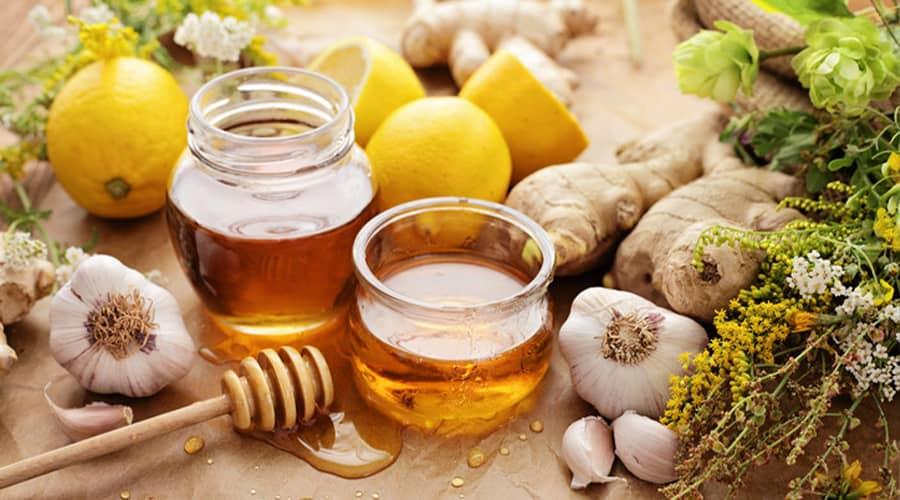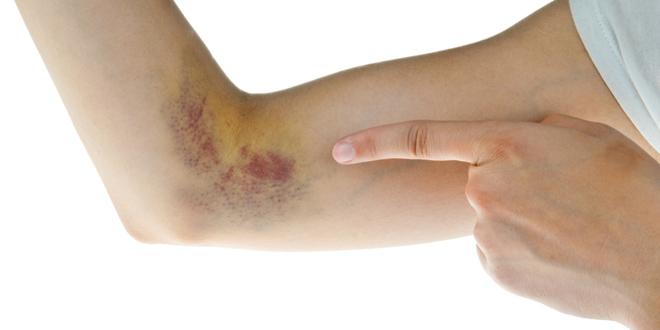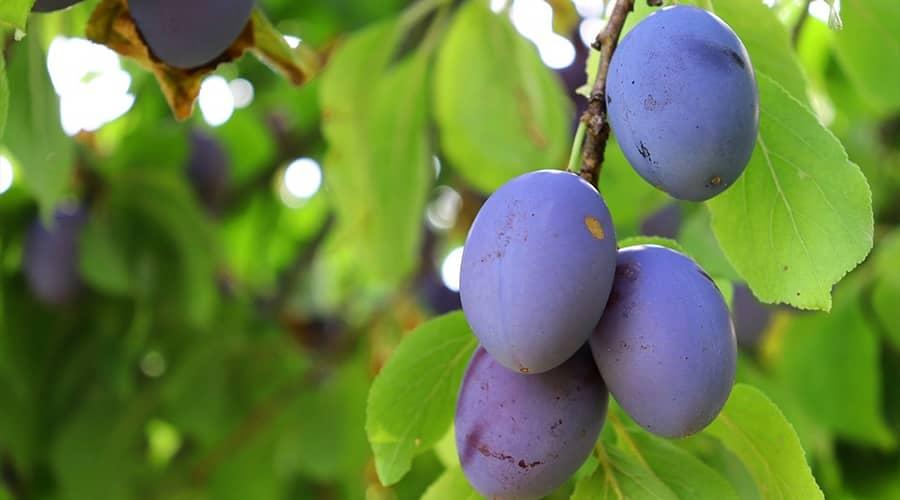Causes of leg swelling you should be aware of.

Leg swelling can be caused by factors like fluid retention, injury, poor circulation, or underlying conditions such as heart or kidney disease. Recognize the signs early.

Leg swelling can be caused by factors like fluid retention, injury, poor circulation, or underlying conditions such as heart or kidney disease. Recognize the signs early.

Learn how to make delicious coconut flour pancakes, a gluten-free alternative, using simple ingredients like eggs, coconut flour, and a touch of sweetness.

Zucchini offers numerous health benefits, including supporting heart health, aiding digestion, boosting immunity, and providing essential vitamins and minerals.

Discover a budget-friendly recipe packed with nutrients that help boost immunity, fight inflammation, and support overall health to prevent diseases naturally.

Explore the best remedies for bruising, including ice therapy, arnica, and elevation, to reduce swelling, pain, and speed up the healing process.

Houseleek has medicinal properties that help with skin healing, reducing inflammation, and soothing burns. It is also known for its antibacterial and antioxidant benefits.

Plums are packed with antioxidants, fiber, and vitamins that promote digestion, boost immunity, and support heart health, making them a nutritious addition to your diet.

Discover effective home remedies for corns, such as soaking feet, using pumice stones, and applying soothing creams to reduce discomfort and promote healing.

Sudden weight loss can signal underlying health issues, such as thyroid problems, diabetes, or digestive disorders. It’s important to seek medical advice for proper diagnosis.

Rectal pain can be caused by conditions like hemorrhoids, anal fissures, infections, or inflammatory bowel disease. Identifying the cause helps in effective treatment.